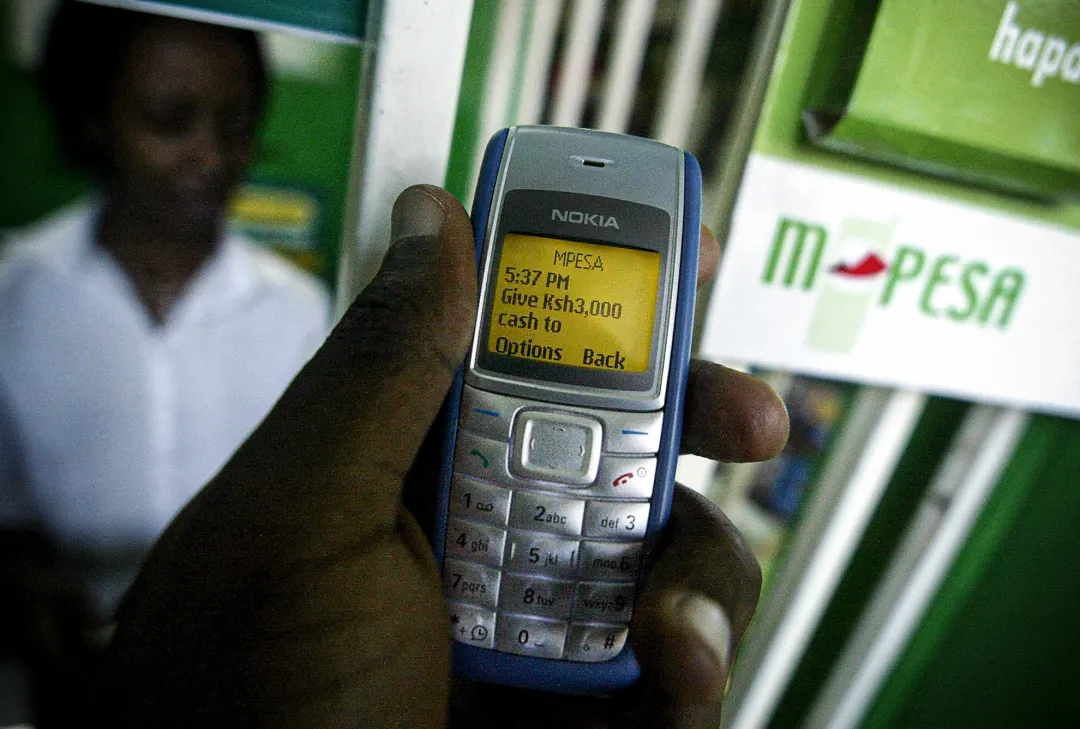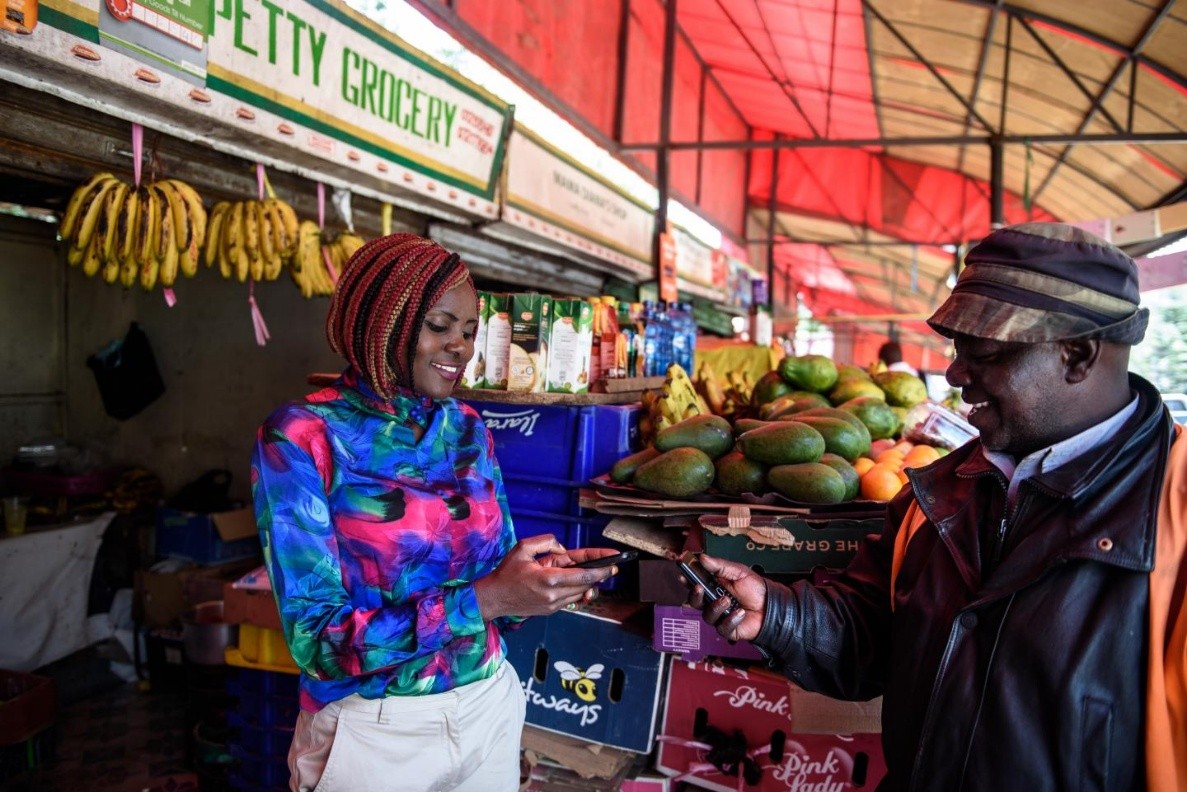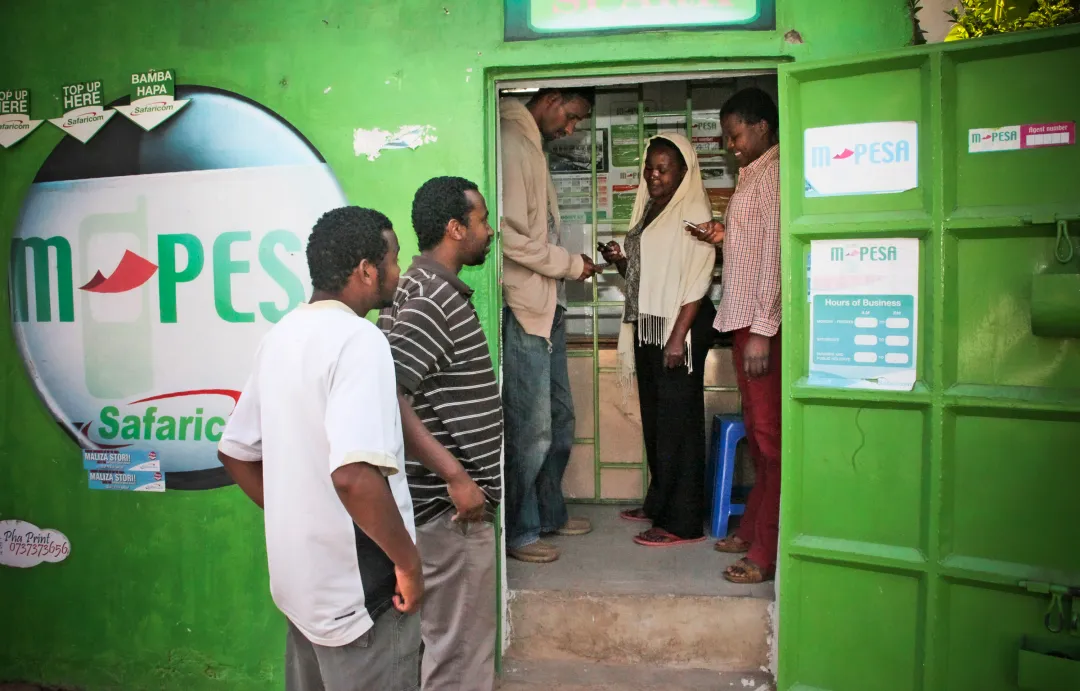By Dimitris Kouvaras,
How many forms can money take? History suggests that the possibilities are vast. From shekels of grain in ancient Sumer to medieval notes of exchange and modern fiat-based currencies issued by central banks and disseminated by commercial banks in the form of credit, money has proven to be one of the most pervasive and versatile technologies in human history. Although tangible and ostensibly mundane, money involves a high degree of abstraction—transforming material objects, such as paper, into standardised carriers of value. Besides technology, what underpins the system is trust. Modern money, in most of its forms, remains true to the heritage of monetary innovation by continually transcending boundaries and creating new solutions.
Credit cards, digital accounts, and NFC payments have become integral to daily life in developed countries, reducing the need for physical cash. Nevertheless, these are not so much different forms of money as they are alternative support technologies for fiat-based currencies, such as the Euro or the US Dollar. Meanwhile, Western online experiments in the form of cryptocurrencies purport to be money while scarcely fulfilling its fundamental functions. Interestingly, a new form of money in the 21st century emerged not in the headquarters of Wall Street but in what might seem an unlikely location: developing Kenya.

Still recovering from the financial crises of the 1990s, Kenya in the early 2000s was far from a monetary paradise. Access to financial services was hindered by multiple factors: commercial banks maintained branches only in cities, remaining out of reach for the largely agrarian population; inconsistent income flows, combined with minimum balance requirements and ledger fees, made deposit-holding both difficult and unattractive; and the legal, economic, and regulatory framework was rudimentary, fueling distrust of financial institutions. Against this backdrop, only 26.7% of Kenya’s population was formally included in the economy. Unsurprisingly, most people had never seen a bank in their lives.
Nevertheless, beginning in 2003, access to microfinance and the use of mobile phones for financial transactions were enhanced by a comprehensive set of laws that provided much-needed regulation while strengthening the mandate of Kenya’s Central Bank. These changes soon provided fertile ground for experimentation, culminating in the groundbreaking financial innovation of M-Pesa by 2007.
M-Pesa—short for “mobile money” in Swahili—was built on a simple idea: most people didn’t have access to a bank, but they did have mobile phones. Thus, communications provider Safaricom partnered with Vodafone and microfinance credit provider Faulu Kenya to create a pilot phone-based monetary infrastructure, in which airtime was exchangeable for money.
People could buy airtime for their phones and use it as currency to repay microfinance loan instalments—without needing to visit Faulu Kenya’s city-based branches or entrust their cash to bus drivers who charged high fees with no guarantee of delivery. As a result, access to financial services and freedom of transaction reached new levels, especially in rural areas where they were most needed. For example, tide farmers could now receive loans from harvest to harvest, enhancing both production and financial security. But that was just the beginning.
As pilot users began using the system for peer-to-peer money transfers, it became clear that the scheme had far broader potential. Safaricom and Vodafone responded by shifting their focus toward a general mobile money transfer system. Using text-messaging technology, M-Pesa enabled users to transfer, borrow, and save money in the form of e-money via phone credit—a process facilitated by commercial banks and regulated by the central bank. An expanding network of collaborating “agents”—including airtime sellers, small shops, petrol stations, and post offices—formed the infrastructure that allowed people to buy or sell M-Pesa (e-money stored on a SIM card) in exchange for cash, an alternative to traditional ATMS. This horizontally distributed model significantly reduced transaction costs and entry barriers. Meanwhile, the exchanged cash was held in a trust account at a commercial bank, serving as collateral equal in value to the circulating e-money. This user-driven pivot and the resulting integration of M-Pesa into Kenya’s financial system marked a crucial early example of user-led innovation in digital finance.
From its inception, M-Pesa experienced rapid adoption. Starting with 307 agents and around 21.000 transactions in March 2007, by the end of its first year, the system reached 2.3 million transactions facilitated by 2.329 agents. The Kenyan government and Central Bank played a crucial enabling role from the beginning. Although facing considerable reactions from within, rather than stifling the service with premature regulation, they adopted a cautious “test and learn” approach, allowing M-Pesa to develop while monitoring its risks and benefits. Thus, the system gained the necessary momentum to expand further. In 2012, Safaricom introduced M-Shwari, a savings and micro-credit product in partnership with the Commercial Bank of Africa. Later expansions included bill payments, international remittances and integration with e-commerce platforms, while fintech partnerships transformed M-Pesa into a comprehensive financial ecosystem. Today, it has over 50 million users across multiple countries, including Tanzania, Mozambique, Ghana, Egypt, and more recently, South Africa and Ethiopia. Gradually, the initial restrictions on the amounts of money transferred were increased, as trust in the product soared alongside usage.

What stands out in this initiative is its ability to democratize finance, with far-reaching social consequences. In Kenya, it is estimated that M-Pesa lifted roughly 2% of households out of extreme poverty within a few years of its launch, as it gave millions their first opportunity to securely save, borrow, and transact, often with only a basic mobile phone. Through the creation of a diffusive financial infrastructure, M-Pesa has facilitated entrepreneurship by allowing small businesses to transact and manage cash flow more efficiently. Meanwhile, women have benefited from gaining financial independence and improved bargaining power within households. From a macroeconomic perspective, M-Pesa has helped formalise large portions of informal economies. Digital transactions have increased transparency and efficiency, while also enabling better data collection for policy and business decisions.
As a result of its success, M-Pesa has become a global case study in digital financial inclusion—an achievement built on the synergy of mobile technology, regulatory foresight, and user-focused design. Although still relatively unknown in the West and receiving far less investment than financial bubbles like crypto, it remains a far more powerful testament to the transformative potential of financial innovation. Far from being a bubble, it addressed persistent socioeconomic problems and overcame pre-existing constraints in Kenya—while also challenging the West-centric narrative that dominates global financial discourse.
References
- Mobile payments go viral: M-PESA in Kenya (English). World Bank. Available here
- McWilliams, David. Money: A story of humanity. Simon and Schuster. London. 2024.
- A Digital Financial Services Revolution in Kenya: The M-Pesa Case Study. Research Gate. Available here




